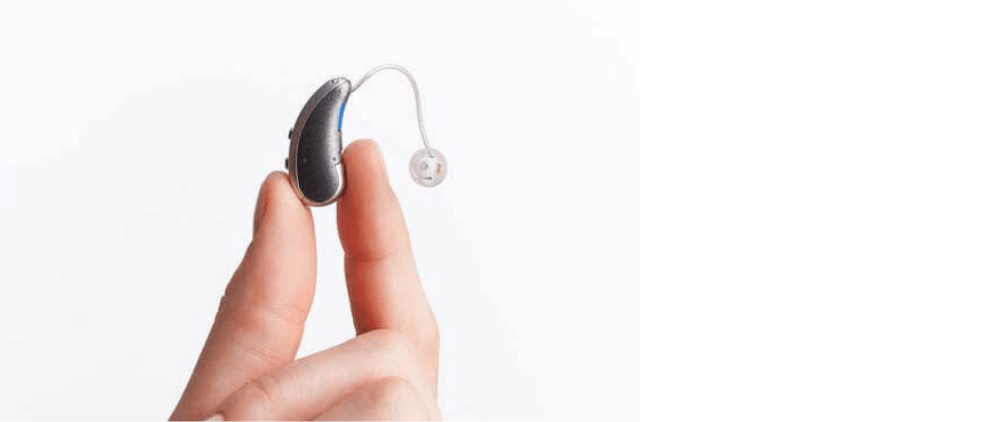Hearing aid devices have changed many people’s lives. The little engineering marvel makes people hear sounds previously distorted to them. But, has anyone wondered how this tiny equipment can change the way a person hears the world outside him? This blog post will explain the different hearing aid parts that you need to know. Having a good knowledge about the various components of the hearing device can save frequent trips to the nearest hearing aid centre in Chennai. You would not have to go there every time you have a problem with your device. Knowing how every element work can help you solve minor issues by yourself.
Components of a hearing aid
- Hearing aid housing
- Hook
- Earmolds
- Microphone
- Amplifier
- Receiver
- Wax Guard
Let us now look at each one of the hearing aid components in detail.
External parts of a hearing aid
Hearing Aid Housing
In every Behind-The-Ears (BTE) model, all the mechanics of the device is fixed inside the housing. The body of the housing is made out of ABS plastic that is stress and chemical-resistant.
Hook
The ear hook is a silicon tube shaped like a hook over your ears. It has two purposes:
- The hook is responsible for holding the hearing aid securely in place.
- It carries the sound from the speaker to the earmold.
This component is not needed in the Receiver-in-the-Canal (RIC) type hearing devices since the receiver is placed inside the ear.
Earmolds
Your audiologist in Chennai would fit an earmold based on your hearing conditions. Here are the types of earmolds that an audiologist would generally prescribe:
- Skeleton
- Full Shell
- Half Shell
- Semi-Skeleton
- Canal
Anyone with a high hearing loss will need a full-shell hearing aid mold. The canal earmold will work best for people with low to moderate hearing issues.
They are very important to fully cover the ear canal and avoid sounds from leaking. Therefore, the user will not experience any acoustic feedback.
Internal parts of a hearing aid
While external hardware of a hearing aid is responsible for the conductivity of sounds. The internal components ensure the quality of the sound. You need to ensure that everything is perfect before buying it from any one of the Siemens hearing aid dealers in Chennai.
Microphone
The microphone is situated on the upper part of the hearing aid. They receive and transfer the sound to the processor. Once the analog sounds have been converted into digital signals, it then reaches the amplifier.
Amplifier
As the name suggests, the amplifier magnifies the processed sound. The level of the output is set according to a person’s hearing requirements. If you think the sound is too loud or is distorted, get it adjusted in any one of the hearing aid shops in Chennai.
Receiver
The electric signals are transformed into acoustic in the receiver. Delivering the sound to your ears is the ultimate role of this component. They might be placed either on a dome or an ear mold based on the seriousness of the hearing problem.
Wax Guard
Everyone produces earwax and it is natural. However, some might have more earwax build-up than the rest. Any person using a RIC hearing device needs to have a wax guard. The earwax can hinder the sound outlet and would even damage the hearing aid’s receiver. Therefore, the wax guard is fitted at the tip of the dome to protect the receiver from the earwax.
For any hearing aid requirements, get in touch with Adro Hearing Aid. Our hearing aid price in Chennai is very affordable compared to other players in the market.












